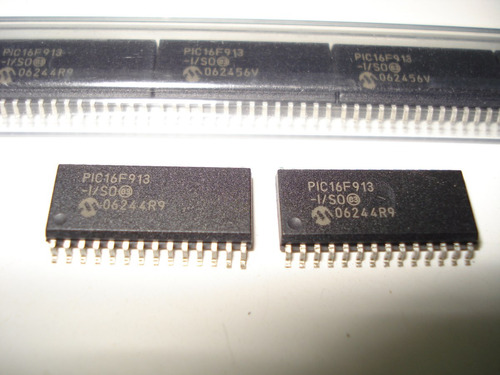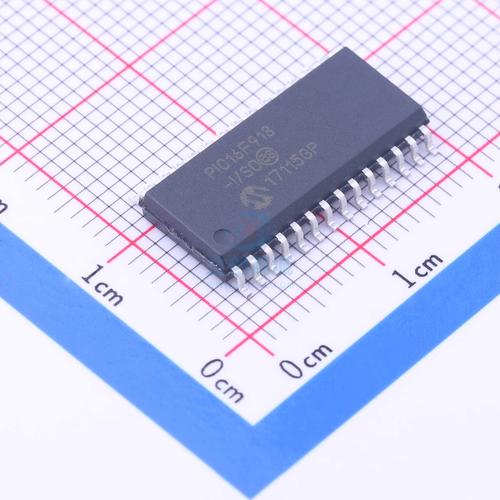Crack Encrypted PIC16F913 Microprocessor Flash Memory
Crack Encrypted PIC16F913 Microprocessor Flash Memory and recover embedded heximal code from locked pic16f913 mcu flash memory and eeprom memory, the next step is to clone electronic pcb board layout design on which the pic16f913 microcontroller mounted on;

Quartz crystal characteristics vary according to type, package and manufac- turer. The user should consult the manufacturer data sheets for specifications and recommended application. Always verify oscillator performance over the VDD and temperature range that is expected for the application.
The External Resistor-Capacitor (RC) modes support the use of an external RC circuit. This allows the designer maximum flexibility in frequency choice while keeping costs to a minimum when clock accuracy is not required. There are two modes, RC and RCIO.

In RC mode, the RC circuit connects to the OSC1 pin and engineer must be prepared for the reverse engineering pcb card procedures. The OSC2/CLKOUT pin outputs the RC oscillator frequency divided by 4. This signal may be used to provide a clock for external circuitry, synchronization, calibration, test or other application requirements. Figure 3-5 shows the RC mode connections.

